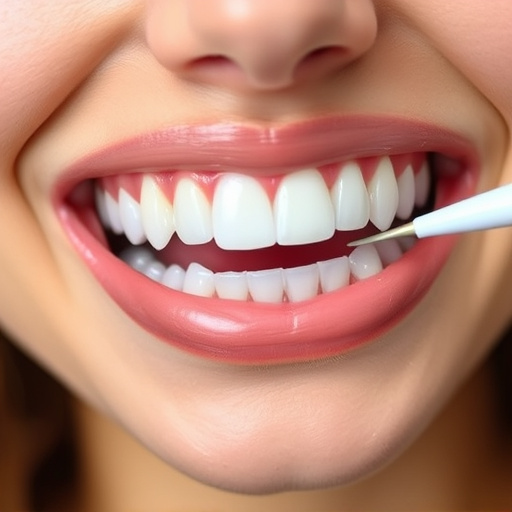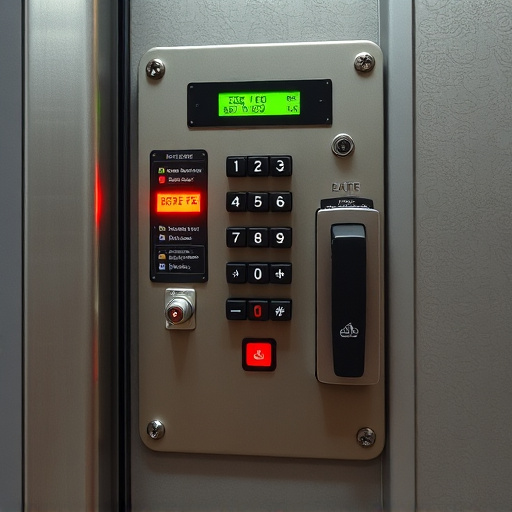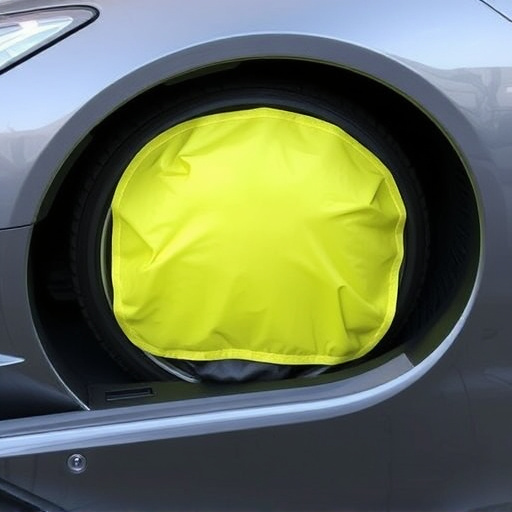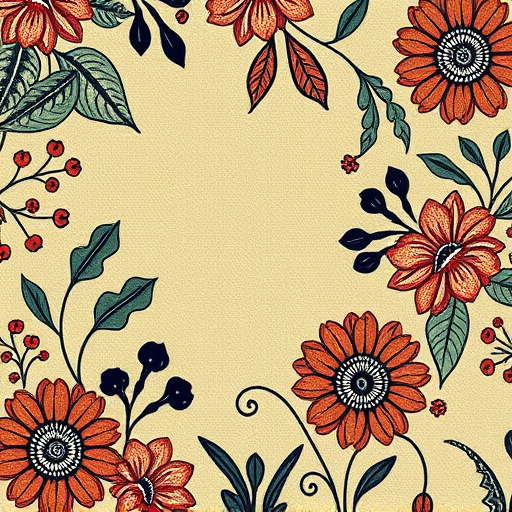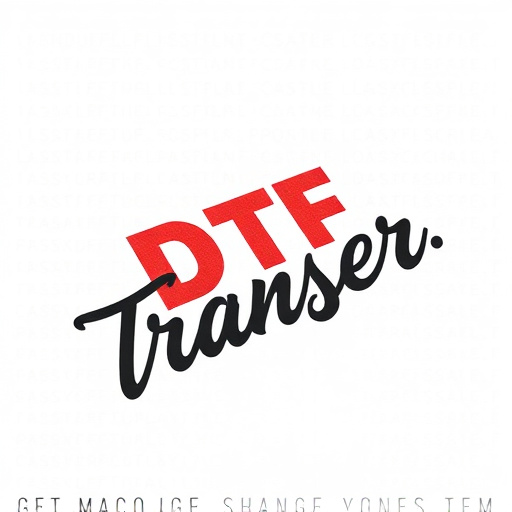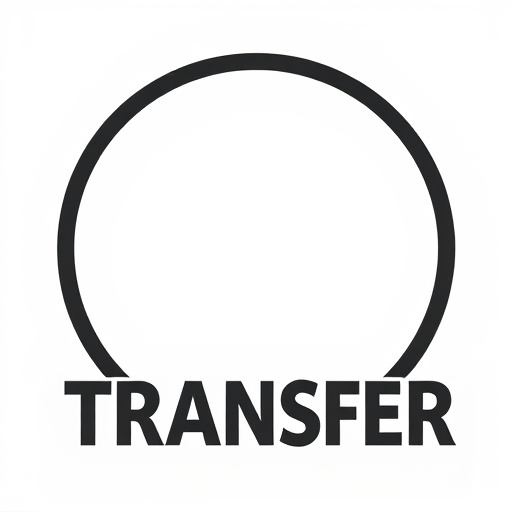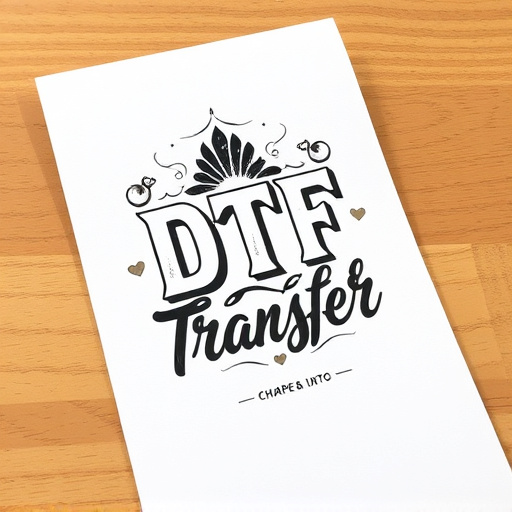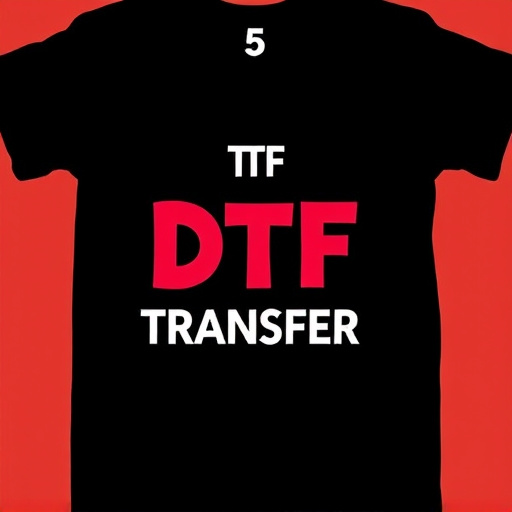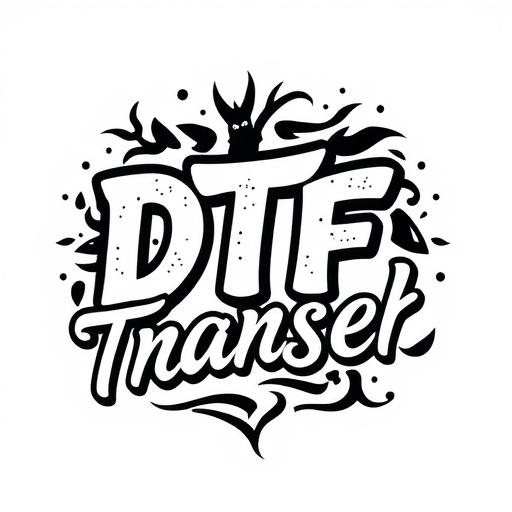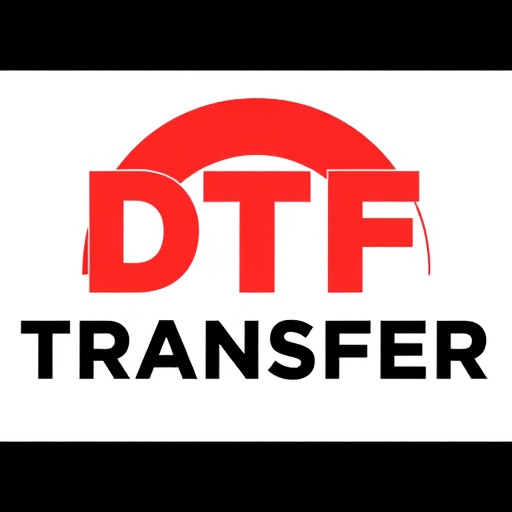Direct-to-film (DTF) transfer is a game-changing printing method for custom designs on fabric and plastic. It offers high-resolution, vibrant prints with intricate details, streamlining production while eliminating labor-intensive steps like weeding. DTF's advantages include precision, error reduction, versatility across materials, and superior durability, making it ideal for diverse applications from apparel to home decor. However, challenges like color bleeding and limited longevity persist, prompting innovations in printing techniques, sustainability (eco-friendly inks, recyclable vinyls), and digital technologies to enhance accuracy, durability, and accessibility of DTF prints.
In the realm of printing and customization, Direct-to-Film (DTF) transfer has emerged as a game-changer, revolutionizing the way we create and apply graphics. This innovative process offers a unique alternative to traditional heat transfer vinyl applications, particularly for those seeking high-quality, durable DTF prints. From its precise application to various material options, this article explores the advantages, disadvantages, and diverse use cases of DTF transfer, providing insights into why it’s becoming a popular choice in today’s dynamic market.
- Understanding Direct-to-Film (DTF) Transfer: A Brief Overview
- Heat Transfer Vinyl Applications: Traditional Method
- Advantages of DTF Transfer Over Conventional Heat Transfer Vinyl
- Disadvantages and Challenges of Using DTF Transfer
- Real-World Use Cases for DTF Printing: Popular Industries
- Future Prospects and Trends in DTF Technology
Understanding Direct-to-Film (DTF) Transfer: A Brief Overview

Direct-to-Film (DTF) transfer is a cutting-edge application that has revolutionized the way we approach custom printing and design. This innovative process involves transferring printed designs directly onto various materials, such as fabric or plastic, using specialized inkjet printers. DTF Printing offers unparalleled versatility, allowing for complex and detailed prints on a diverse range of products, from clothing to signage.
The DTF Transfer process begins with creating a digital design that is then precisely printed onto a film or sheet. This film acts as an intermediate layer, facilitating the transfer of the image to the desired substrate. Heat is applied to activate the adhesive properties of the film, ensuring a secure and long-lasting bond between the design and the material. The result is high-quality, vibrant DTF Prints that capture intricate details and colors, making it a preferred method for creating custom, on-demand products at competitive prices.
Heat Transfer Vinyl Applications: Traditional Method

Heat Transfer Vinyl Applications: Traditional Method
The traditional approach to applying heat transfer vinyl (HTV) involves a multi-step process designed to achieve precise, high-quality prints. This method begins with preparing the design digitally using specialized software, ensuring it’s optimized for DTF transfer. The design is then printed onto a release paper using a high-resolution printer, typically an inkjet or laser printer. This printed layer acts as a temporary carrier for the vinyl, facilitating the transfer process.
Once printing is complete, the DTF transfer film is weeded—a meticulous process where excess vinyl is carefully removed, leaving only the desired design. The weeded film is then positioned over the target material, often fabric or plastic, and heat is applied using a press or iron. This heat activates the adhesive beneath the vinyl, fusing it permanently to the substrate while the release paper is peeled away. This traditional method ensures detailed DTF prints, but its labor intensity and reliance on precise techniques can pose challenges for mass production or those without specialized equipment.
Advantages of DTF Transfer Over Conventional Heat Transfer Vinyl
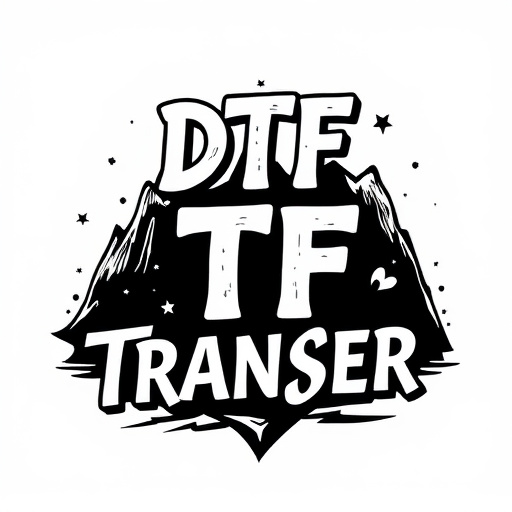
Direct-to-film (DTF) transfer offers several advantages over conventional heat transfer vinyl applications. Firstly, DTF printing allows for a more precise and detailed transfer of designs, resulting in higher-quality prints with finer lines and richer colors. This is particularly beneficial for complex graphics and textural elements. Unlike traditional heat transfer methods, DTF eliminates the need for separate layers of vinyl and adhesive, streamlining the production process and reducing potential errors.
Additionally, DTF Transfer is more versatile in terms of material compatibility. It can be applied to a wider range of fabrics and surfaces, including those that are challenging for conventional heat transfer vinyl. This versatility opens up opportunities for designers and manufacturers to create innovative products with unique materials and finishes. Moreover, DTF prints have superior durability, ensuring that the designs withstand wear and tear, making them ideal for items intended for prolonged use, such as apparel and accessories.
Disadvantages and Challenges of Using DTF Transfer
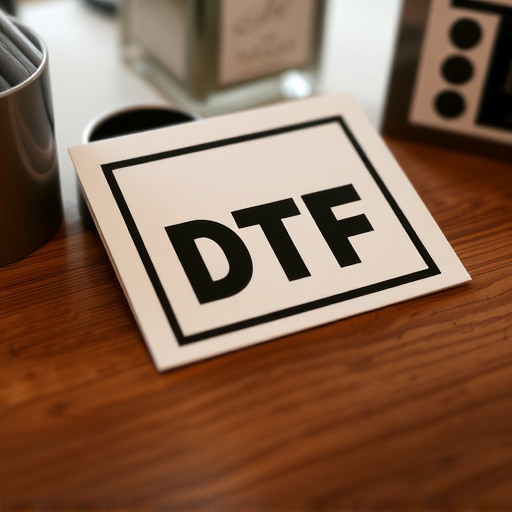
While direct-to-film (DTF) transfer offers a straightforward and cost-effective method for creating custom designs on various materials, it’s not without its drawbacks. One significant challenge is the potential for color bleeding, especially when printing intricate or fine details. This issue can lead to smudged or uneven colors in the final DTF prints, impacting their overall quality and visual appeal.
Additionally, the durability of DTF transfers is a concern. The films used are often more delicate compared to other application methods. Over time, exposure to sunlight, sweat, or everyday wear and tear can cause the transfer to crack, fade, or peel away from the substrate, resulting in designs that don’t last as long as expected. This can be problematic for items intended for prolonged use or outdoor display, where weather conditions can accelerate deterioration.
Real-World Use Cases for DTF Printing: Popular Industries
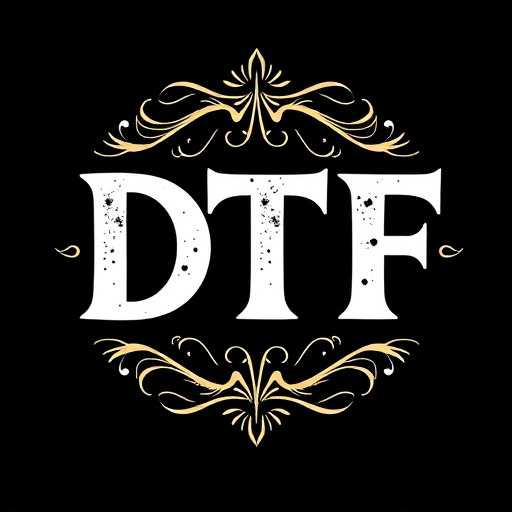
Direct-to-film (DTF) printing has found its way into various industries, showcasing its versatility and effectiveness in numerous real-world applications. One of the key advantages of DTF technology is its ability to produce high-quality prints on a wide range of materials, making it a preferred choice for custom apparel, signage, and even home decor.
In the apparel industry, DTF transfers are used to create personalized t-shirts, hoodies, and accessories with intricate designs and vibrant colors. The method allows for detailed images and text, appealing to both businesses and individuals seeking unique, on-demand products. Similarly, in signage and advertising, DTF Printing is utilized to craft eye-catching banners, posters, and window graphics, enhancing visual communication for businesses and events. Additionally, home decorators embrace DTF prints for creating custom wall art, allowing them to transform spaces with personalized, artistic expressions.
Future Prospects and Trends in DTF Technology
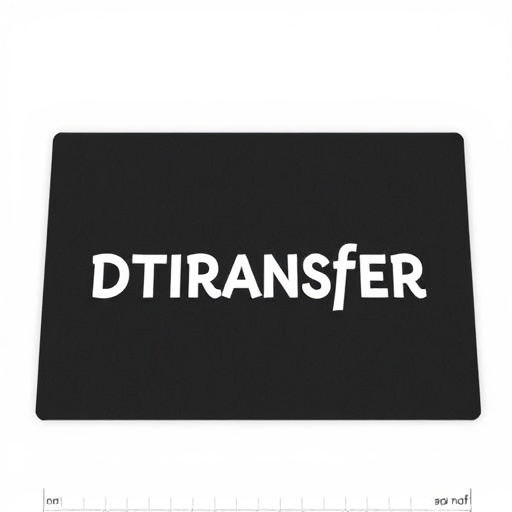
The future of direct-to-film (DTF) technology looks promising as it continues to evolve and revolutionize the heat transfer vinyl industry. With advancements in printing techniques, DTF transfers are becoming increasingly intricate and detailed, offering a wide range of design possibilities. The market demand for unique, personalized, and high-quality prints is driving innovation in DTF printing. Manufacturers are developing new inks, coatings, and printing mechanisms to enhance color accuracy, improve durability, and expand the applications of DTF technology.
Trends suggest that DTF will move towards more sustainable practices, with an emphasis on eco-friendly materials and processes. As consumers become more conscious of environmental issues, DTF manufacturers are exploring water-based inks and recyclable vinyls to reduce their carbon footprint. Additionally, the integration of digital technologies like artificial intelligence and machine learning could streamline production, improve efficiency, and enable on-demand printing, further enhancing the appeal and accessibility of DTF prints.
